Nickel deficit of 100,000t expected for 2H17; Norilsk Nickel forecasts
MMC Norilsk Nickel
MMC Norilsk Nickel is a Russian nickel and palladium mining and smelting company. Its largest operations are located in the area near the Yenisei River in northern Russia. It also has holdings near the Kola Peninsula, area of Norilsk-Talnakh and in western Finland at Harjavalta. It operates in Southern Africa in Botswana, South Africa, and western Australia.

Firstly, company’s headquarters are in Moscow. Also it is the world’s leading producer of nickel and palladium. International ranking agencies ranked it among the top ten copper producers.
Secondly, the nickel deposits of Norilsk-Talnakh are without doubt the largest nickel-copper-palladium deposits in the world.
Production divisions
Following, the company currently has five main operational divisions. Beginning with The Polar Division of MMC Norilsk Nickel and ancillary activities, located in the Taimyr Peninsula. After comes Kola MMC, and ancillary activities, located in the Kola Peninsula. In Finland there is Norilsk Nickel Harjavalta, Finland’s only nickel refining plant, purchased from OM Group in 2007. Later N.N. in Africa, which includes stakes in mines in Botswana (85% of Tati Nickel) and in South Africa (50% of Nkomati), both formerly owned by Lion Ore. Finally there is Norilsk Nickel Australia, which owns several mines and facilities in the western part of the country.
Nickel forecasts
MMC Norilsk Nickel, as one of the world’s largest Nickel producers, expects the market deficit to widen to 100,000 tons by the end of 2017. These news were carried out at the International Nickel Conference in Lisbon. The company’s head of market research explained to delegates their possible expectations.
“We are cautiously positive for 2017. We expect the deficit to widen to 100,000 tons in a base case scenario, but this situation remains unstable due to a number of material uncertainties.” Denis Sharypin said. (Fast Markets)
According to data from the International Nickel Study Group (INSG), the nickel market moved into a deficit of 49,700 tons in 2016 from a surplus of 91,400 tons in 2015.
“Indonesia could change this drastically, however,” he said.
Indonesian Nickel Ore
The Indonesian government surprised markets in January when it relaxed the country’s three-year ban on unprocessed ore.
In terms of demand, there are a few factors that might affect that forecast. For example stainless steel production growth in China and Indonesia and the high off take by alloys and strong increase in batteries.
In terms of supply, the political situation in the Philippines with its potential to shut down 20 or more mines is just one variable that could affect forecasts.
In Indonesia, around 5 to 6 million tons of low grade ore are available and ready for export. It has also the potential to impact the forecast.
“The worst case scenario is that a substantial surplus is also possible,” said Denis Sharypin.
Indonesia produces 17 million tons of nickel ore per year. 10 million tons of this quantity is low-grade ore. The country’s nickel smelting capacity is currently 16 million tons and may reach 18 million this year.

Low-grade ore is harder to process and smelters have been unwilling to take it at first. But in order for miners to get high-grade ore, they have to dig through low-grade ore first, which then gets thrown out.
These predictions about Nickel Ore deficit will likely come true in 2H17.

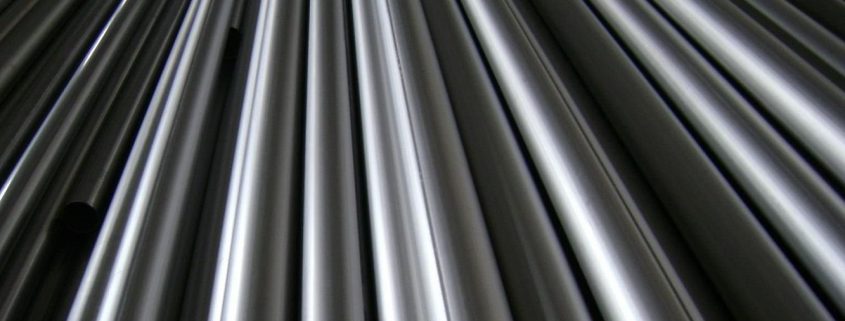
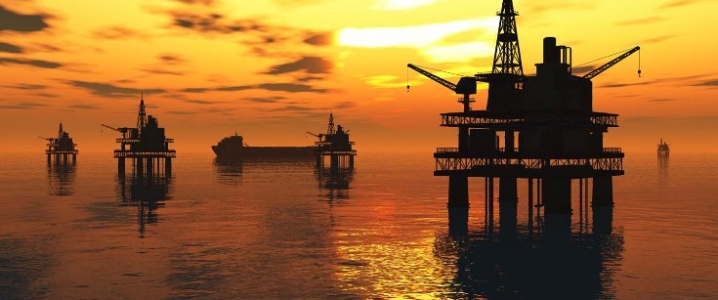
 While the relentless rise in U.S. oil outputs is making a fuss on supply’s side.
While the relentless rise in U.S. oil outputs is making a fuss on supply’s side.

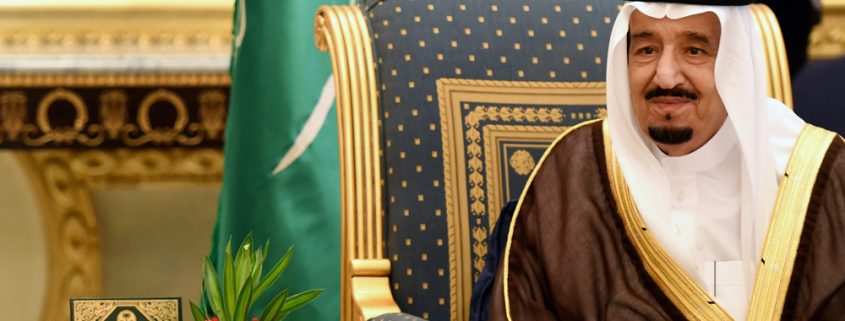



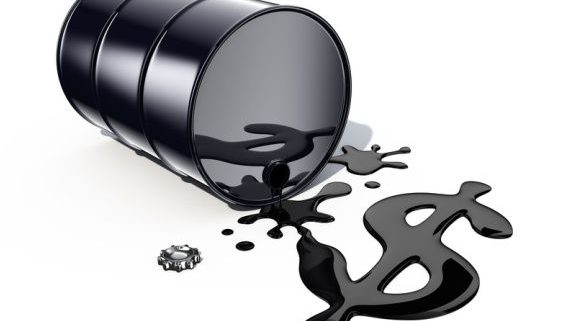
 Firstly, On February 7, 2017, Iran’s oil minister announced that major oil producers should prolong the oil production cut deal in second half of 2017. The production cut would restrain oversupply in the oil market and support crude oil prices. Higher crude oil prices have a positive impact on oil and gas producers. It affects their earnings: like Marathon Oil (MRO), Warren Resources (WRES), Hess (HES), and PDC Energy (PDCE).
Firstly, On February 7, 2017, Iran’s oil minister announced that major oil producers should prolong the oil production cut deal in second half of 2017. The production cut would restrain oversupply in the oil market and support crude oil prices. Higher crude oil prices have a positive impact on oil and gas producers. It affects their earnings: like Marathon Oil (MRO), Warren Resources (WRES), Hess (HES), and PDC Energy (PDCE).



 All base metals trading on the London Metal Exchange fell at the end of trading on Friday April 21 after a week in which some metals prices hit three-month lows.
All base metals trading on the London Metal Exchange fell at the end of trading on Friday April 21 after a week in which some metals prices hit three-month lows.


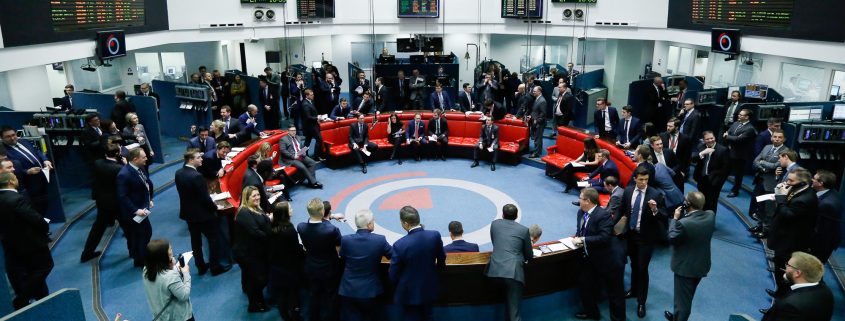

 The three-month copper price rose by $28.50 to $5,651.50 per ton. While copper stocks fell by 50 ton to 268,400ton, with 11,025 of freshly re-warranted copper. Global refined copper market posted a surplus of 51,000t in January, the International Copper Study Group (ICSG) said in a monthly report on April 20.
The three-month copper price rose by $28.50 to $5,651.50 per ton. While copper stocks fell by 50 ton to 268,400ton, with 11,025 of freshly re-warranted copper. Global refined copper market posted a surplus of 51,000t in January, the International Copper Study Group (ICSG) said in a monthly report on April 20.

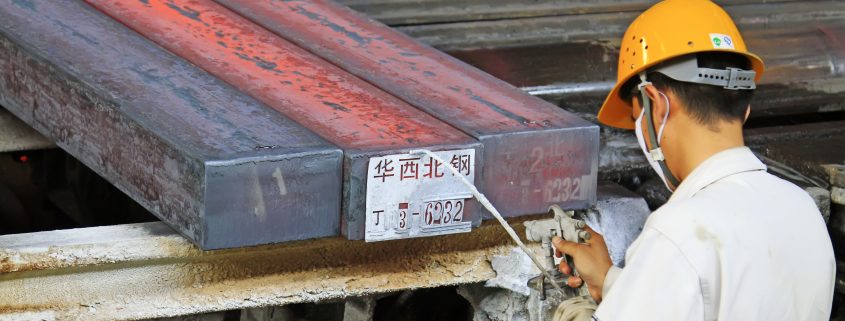
 U.S. President is launching an investigation about whether the steel imports from foreign countries affects U.S. national interests.
U.S. President is launching an investigation about whether the steel imports from foreign countries affects U.S. national interests.



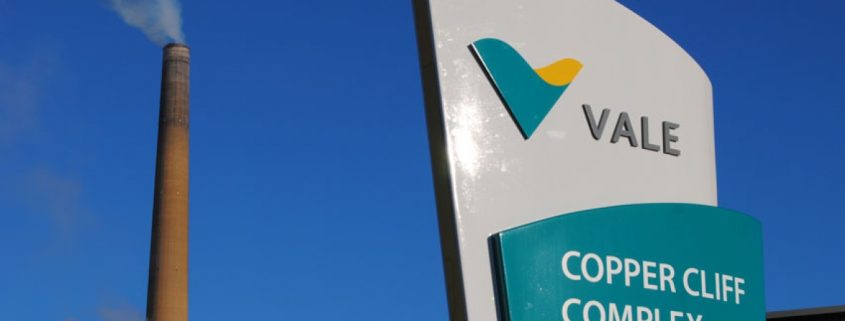
 Vale SA is a Brazilian multinational corporation. Engaged in metals and mining. It is one of the largest logistics operators in Brazil. Vale is the largest producer of iron ore and nickel in the world.
Vale SA is a Brazilian multinational corporation. Engaged in metals and mining. It is one of the largest logistics operators in Brazil. Vale is the largest producer of iron ore and nickel in the world. in the first three months of the year. It went down by 2.9% from the corresponding period of 2016.
in the first three months of the year. It went down by 2.9% from the corresponding period of 2016. Production at Vale’s Thompson operations came to 4,800 tonnes of nickel in the first quarter of 2017. Down by 22.6% y-o-y and down 33.3% against the fourth quarter of 2016.
Production at Vale’s Thompson operations came to 4,800 tonnes of nickel in the first quarter of 2017. Down by 22.6% y-o-y and down 33.3% against the fourth quarter of 2016.

 Vale’s total nickel production from all its Canadian operations came to 36,100 t in the first quarter of 2017, down by 1.4% from a year earlier and 16.8% lower than in the fourth quarter of 2016.
Vale’s total nickel production from all its Canadian operations came to 36,100 t in the first quarter of 2017, down by 1.4% from a year earlier and 16.8% lower than in the fourth quarter of 2016.
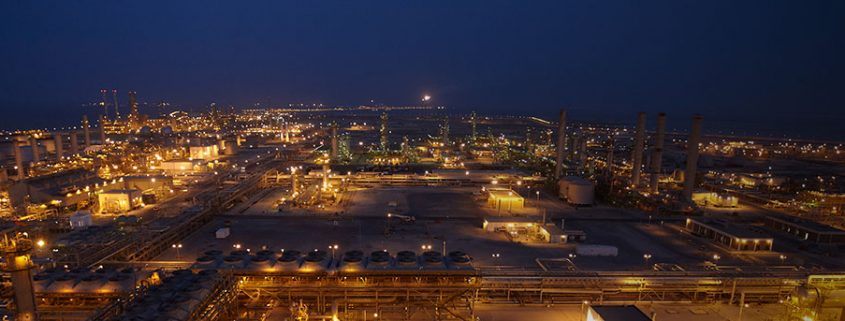


 Saudi Aramco is a key exporter to China together with Russia’s Rosneft. With potential $100 billion equity sale that would be the world’s largest to date.
Saudi Aramco is a key exporter to China together with Russia’s Rosneft. With potential $100 billion equity sale that would be the world’s largest to date.
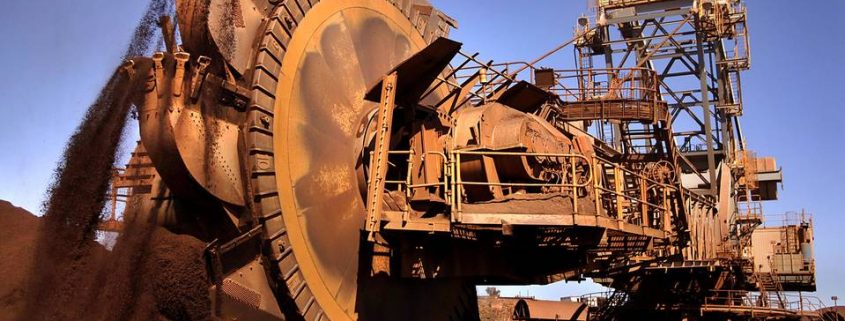
 Rio Tinto is a British-Australian multinational, and one of world’s largest metal and mining corporations. Rio Tinto(RIO.AX) (RIO.L) on Thursday said first-quarter iron production from Australia fell 3 percent. In comparison with the same period a year ago. Mostly due to wet weather at its mines. Heavy rain ruined Rio’s outputs. Despite weakening ore prices it kept its full-year guidance intact.
Rio Tinto is a British-Australian multinational, and one of world’s largest metal and mining corporations. Rio Tinto(RIO.AX) (RIO.L) on Thursday said first-quarter iron production from Australia fell 3 percent. In comparison with the same period a year ago. Mostly due to wet weather at its mines. Heavy rain ruined Rio’s outputs. Despite weakening ore prices it kept its full-year guidance intact. in the north of Western Australia. Also It is known for its Aboriginal peoples. Furthermore, having ancient landscapes, the red earth, its vast mineral deposits, in particular iron ore. Pilbara mines output totaled 77.2 million tonnes, the company said. Full-year shipping guidance was kept at 330 million-340 million tonnes.
in the north of Western Australia. Also It is known for its Aboriginal peoples. Furthermore, having ancient landscapes, the red earth, its vast mineral deposits, in particular iron ore. Pilbara mines output totaled 77.2 million tonnes, the company said. Full-year shipping guidance was kept at 330 million-340 million tonnes. Shipments from the Australian mines in the first quarter were flat at 76.7 million tonnes against the year-ago period, but down 13 percent from the previous quarter.
Shipments from the Australian mines in the first quarter were flat at 76.7 million tonnes against the year-ago period, but down 13 percent from the previous quarter.
 In other minerals, Rio Tinto stuck to a full-year target of producing between 3.5 million 3.7 million tonnes of aluminum following a 2 percent rise in first-quarter production.
In other minerals, Rio Tinto stuck to a full-year target of producing between 3.5 million 3.7 million tonnes of aluminum following a 2 percent rise in first-quarter production. sales of the metal make up for about 60% its export earnings. In Escondida mine strike, workers gave up because they asked for different conditions.
sales of the metal make up for about 60% its export earnings. In Escondida mine strike, workers gave up because they asked for different conditions.